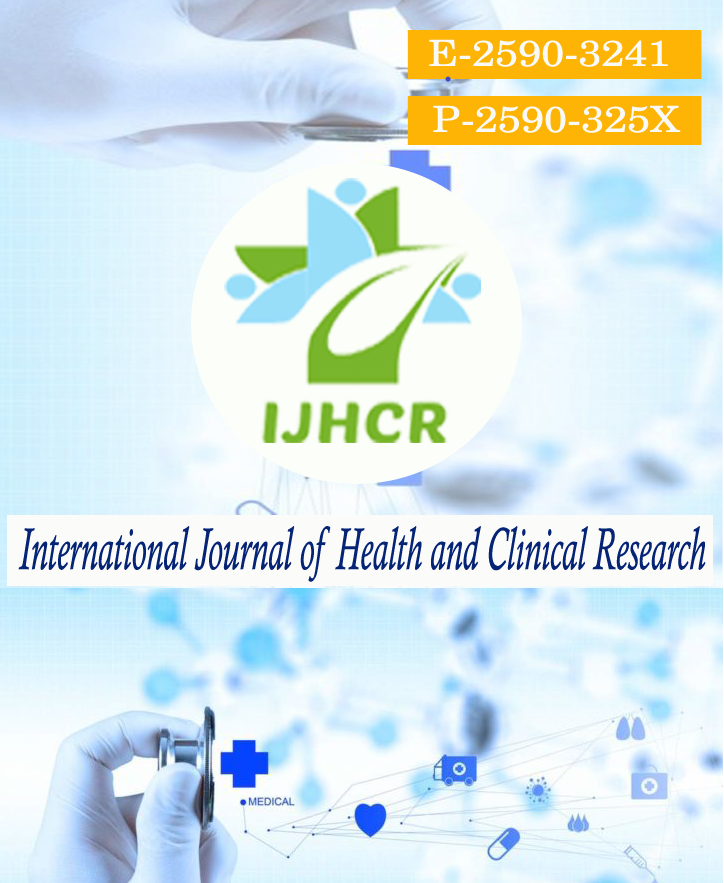Prevalence of Preinvasive Cervical Lesion by Paps Smear - A Tertiary Care Study
Keywords:
Jaundice, viral hepatitis, SGOT, SGPT.Abstract
samples have been taken from the women who attended the gynecological clinics and opportunistic screening done. Material and methods: Source of Data: Paper smear collection was done in Kamla Raja Madhav Dispensary OPD, G.R. Medical College & J.A. Group of Hospitals, Gwalior (M.P.). Methods of collection of Data: A. Study Design: Prospective study B. Study Period: 18 months C. Sample Size: 500 cases who fulfilled selection criteria. Inclusion criteria: 1. Recurrent episodes of white discharge per vagina, 2. Intermenstrual bleeding, post-coital bleeding or post menopausal bleeding, 3. Suspicious looking cervix (leukoplakia, cervical ectopy etc.) Exclusion criteria: 1. Pregnant women, 2. Clinically visible growth on cervix, 3. Unmarried Procedure: Written and informed consent were obtained from all the participants after brief explanation of the procedure. Results: Mean age of study population was 38 years and most of the patients belonged to age group of 25-34 years(35%). High grade dysplasia was found in age group of >55 years. Population from Low socioeconomic status (60%) had high incidence of high grade pre-invasive (29.8%) and invasive lesions. Majority of population (53%) was illiterate. Dysplasia and malignancy were widely prevalent among illiterate rural population. Maximum cases (65%) were from rural area and 35% belonged to urban area. Maximum no. of women with high grade lesion(21.5%) & invasive cancer (1.2%) were from rural area. Majority of the study group were Para 2 (27%) and para 3 (29%) Severity of cervical lesions increased with higher parity. Maximum no. of high grade lesion &invasive cancer were found in P4 & P>5. Mean age of marriage was 17.8(2.4) years. Maximum no. of high grade preinvasive (25%) and invasive lesion (1.2%) were found in women married 18 years Dysplasia and malignancy were significantly associated with consummation of marriage at early age. Non users of contraceptive were associated with high incidence of high grade preinvasive lesion (32%) & invasive lesion (1.2%). Leucorrhea was the leading clinical complaint (80%) while erosion of cervix was the commonest clinical finding. Overall incidence of CIN was 44.5%. CIN-I was found in 24%,CIN-II in 14%, CIN-III in 6.5% and invasive carcinoma in 0.8%.Conclusion: Low educational level and low socioeconomic status leading to poor genital hygiene, marital status and early age of marriage explaining earlier and longer sexual life, high parity with unattended delivery and presence of infection were the main contributing factors for incidence of dysplasia and invasive carcinoma.
Keywords: Jaundice, viral hepatitis, SGOT, SGPT.






 All articles published in International Journal of Health and Clinical Research are licensed under a
All articles published in International Journal of Health and Clinical Research are licensed under a 